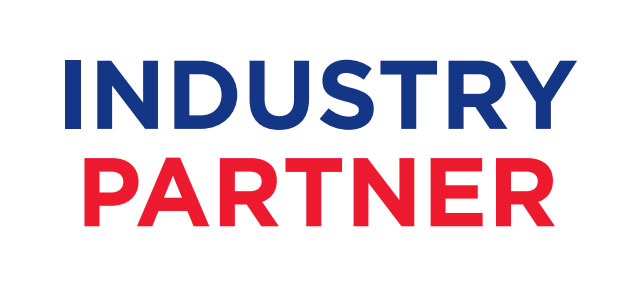Nobody likes receiving customer complaints, but it’s part of doing business. And as the cliché goes, “the customer is always right”—even when they aren’t. If a customer walks away from a transaction feeling disrespected, taken advantage of or otherwise unhappy, it hurts your brand.
When you get a complaint, it’s an opportunity to improve performance and processes in your workplace. Sometimes, the employee may not have even done anything wrong. For example, maybe they were simply enforcing an inflexible company policy that angered the customer. But whether or not the employee bears any responsibility, have a discussion to prevent disappointing other customers in the future.
When Receiving a Customer Complaint
Get as many details as possible when a customer makes a complaint. Often, it comes immediately after the incident, making it easier to get specific information, like direct quotes of what the employee said. Ask questions to get as complete a picture as possible of what transpired. Take notes, too.
If a written complaint comes in with the customer’s contact information, get in touch right away. Ask for additional details, apologize to the customer and try to make things right.
Find out whether the problem that prompted the complaint has been successfully resolved. For example, if the customer was initially denied a refund, have they gotten it now?
Next, reassure the customer you’ll address the situation with the employee(s) involved and take steps to prevent this problem from arising again. Offer something as an apology or an incentive to give your brand one more chance.
6 Steps for Addressing a Complaint With the Involved Employees
While every situation is unique, the following steps are generally effective at resolving issues with employees. Your main goals are to provide guidance that improves employee performance and to minimize the chances of another customer becoming upset for similar reasons.
- Meet with the employees involved. Let them explain what happened without interruptions. Also, ask them why they believe the customer complained.
- You’ll probably get slightly different stories from the customer and the employees. Ascertain as many facts as possible from the parts of the story that agree. These are what you must focus on. As for the things you can’t be sure about (e.g., did your employee really raise his voice at the customer?), make a mental note or include it in an employee performance log so you can watch for trends.
- Without making accusations, explain why the customer was upset and what the results were for the company. For example, if a future order was canceled or you gave away something for free, tell the employees so they are aware of the cost of such incidents.
- Strategize with the employees about how to avoid this situation in the future. If a company policy or procedure triggered the problem, discuss whether it should change or how it can be better explained to customers. Ask the employees how they might handle a similar situation differently in the future.
- If you’re sure customer service expectations weren’t met, review them with the employees. For example, if the customer should have been offered a refund or a supervisor should have been brought in at some point, explain when this should have happened.
- End the meeting on a positive, encouraging note. Let the employees know you appreciate this discussion and see it as an opportunity to improve your brand for customers and employees alike—and that you hope they see it the same way.
Looking for Employees With Extensive Customer Service Experience?
We work with a large pool of candidates who have the experience you’re looking for, as well as exemplary references and customer service records. Contact Gecko Hospitality today to find top talent for your hotel, resort, restaurant or other hospitality organization.









